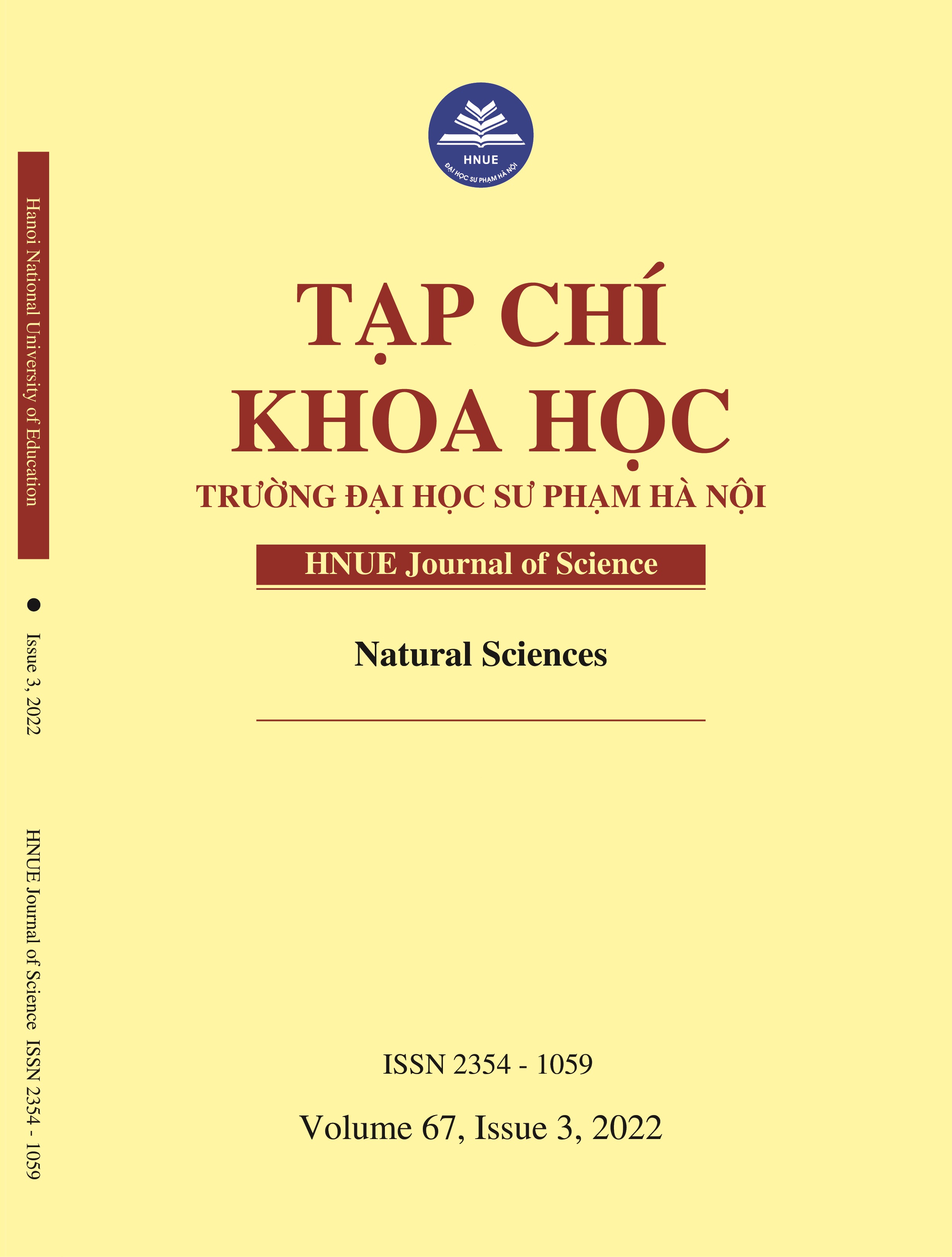USING SENTINEL IMAGES FOR THE ESTIMATION OF RICE BIOMASS IN QUOC OAI DISTRICT (HANOI)
DOI: 10.18173/2354-1059.2022-0052
Tóm tắt
During the rice production process, the rice straw - one of the residual products becomes an environmental pollutant due to the open burning giving rise to greenhouse gases emission. That’s why the identification of gas emissions needs to estimate the amount of rice biomass. Remote sensing data has been exploited to determine the area of rice cultivation and to estimate the dry rice biomass in Quoc Oai district, Hanoi city. On the one hand, the Sentinel-2 image was used to classify the land cover categories, thereby identifying the spatial distribution of the rice to delimit the extent of rice biomass, which was obtained from regression analysis. On the other hand, the Sentinel-1 radar image was used to calculate the rice biomass during the summer season when Sentinel-2 images have constraints due to clouds, fog, and mist. The validation of image classification has provided an overall accuracy of 86.31% with a Kappa index of 0.81. Meanwhile, the regression analysis shows a high correlation between the backscattering values of VV and VH in the radar image and the dry rice biomass measured on the ground (R = 0.923 and R2 = 0.852), with a relatively low average error (RMSE = 6.58 kg\100 m2). By linear regression method, the study has found the total dry rice biomass of 28728.5 tons, which was revealed after the Summer-Autumn rice crop 2021 for the whole Quoc Oai district. The results from this study have proved the effectiveness of the method and they have contributed to supporting managers in proposing the appropriate policies to monitor and protect the environment in the future.
điểm /
đánh giá
Phát hành ngày
2023-09-20
Chuyên mục
BAI BÁO

